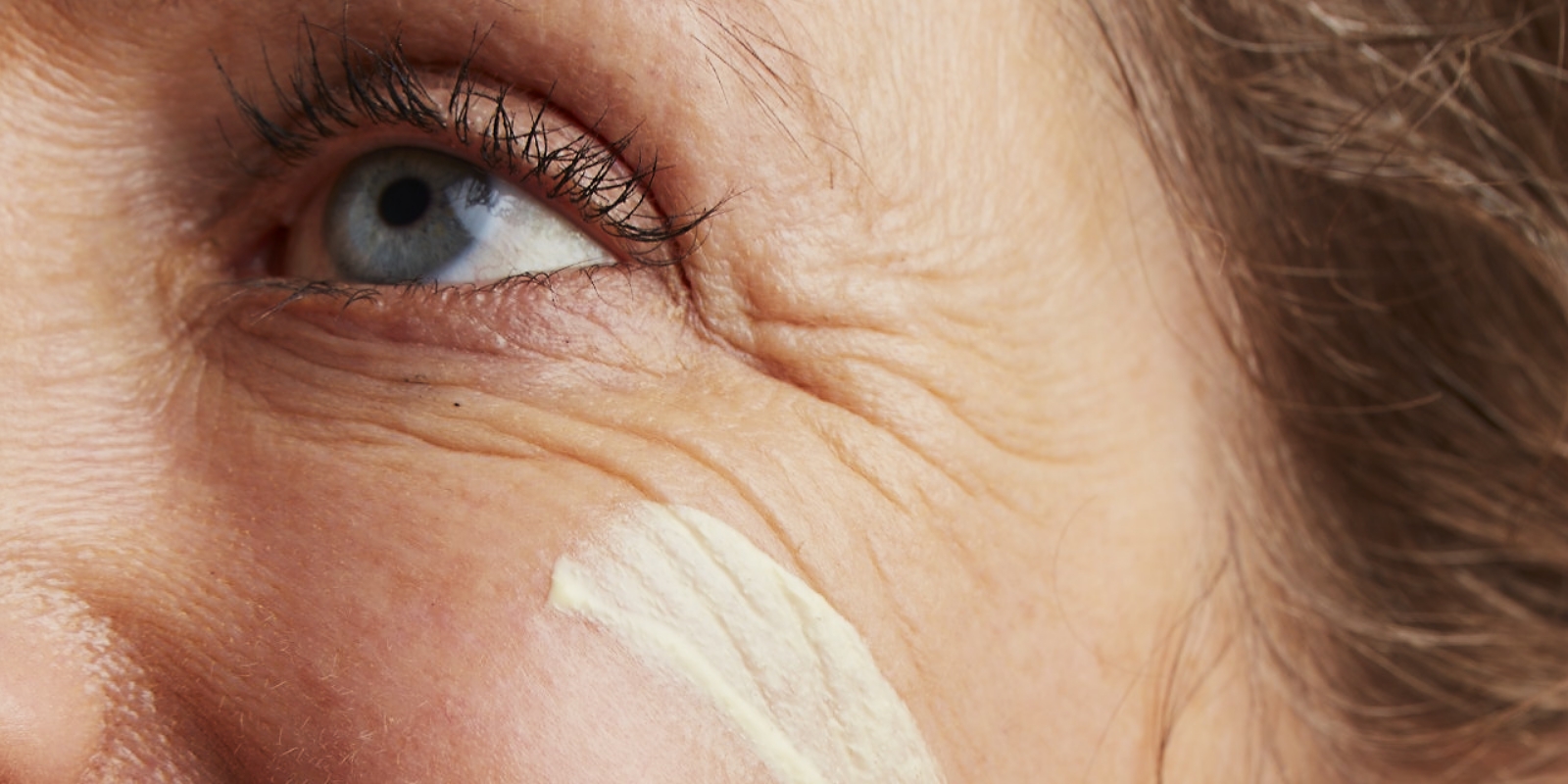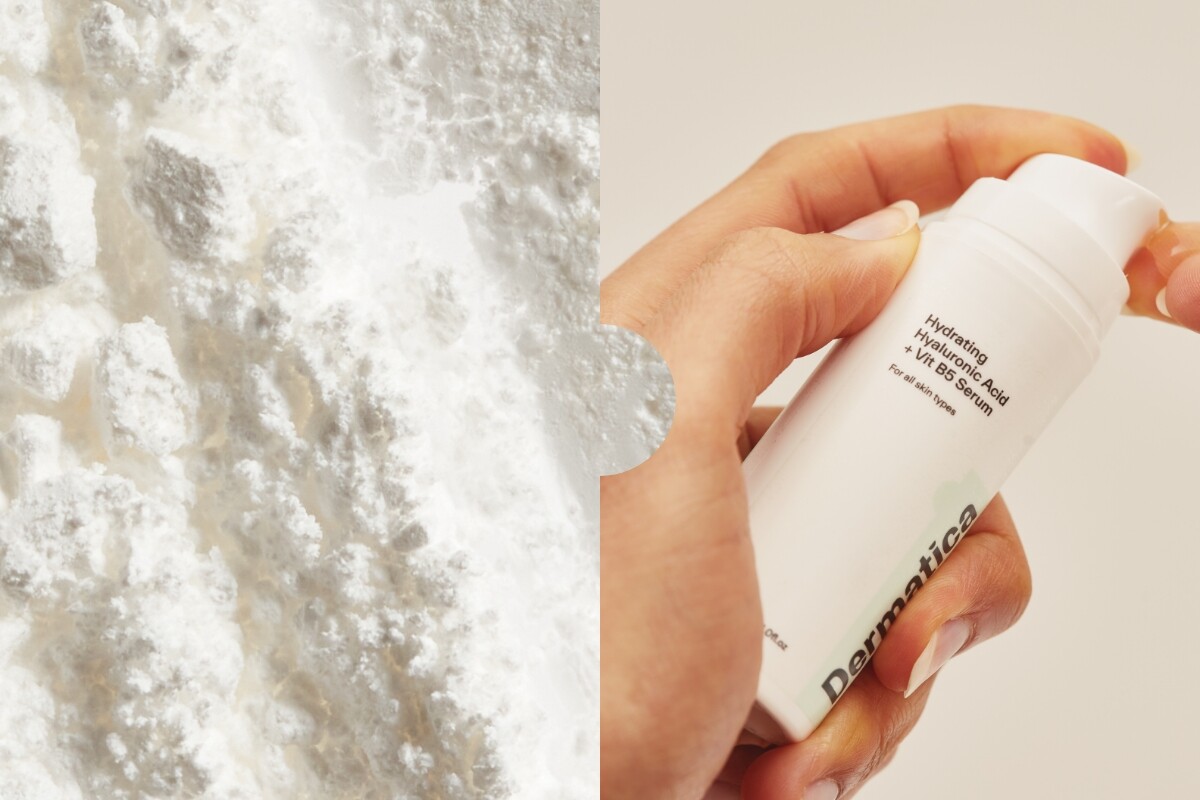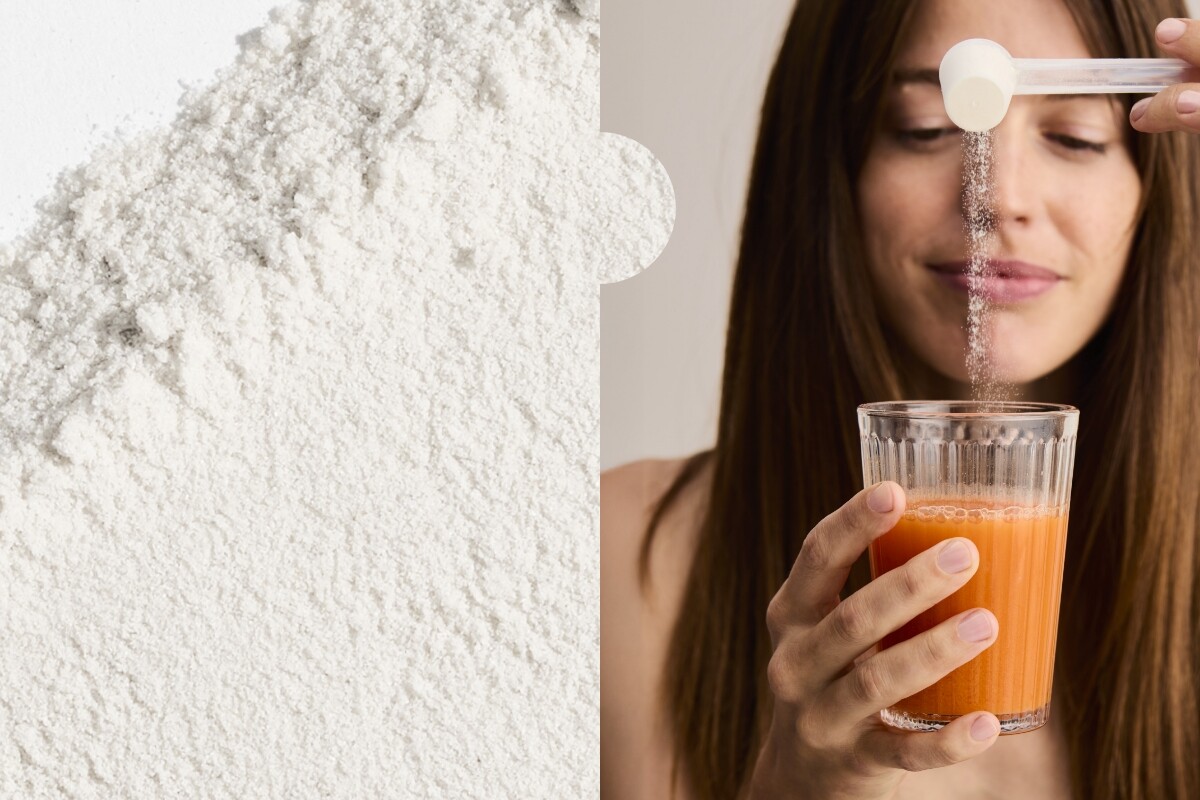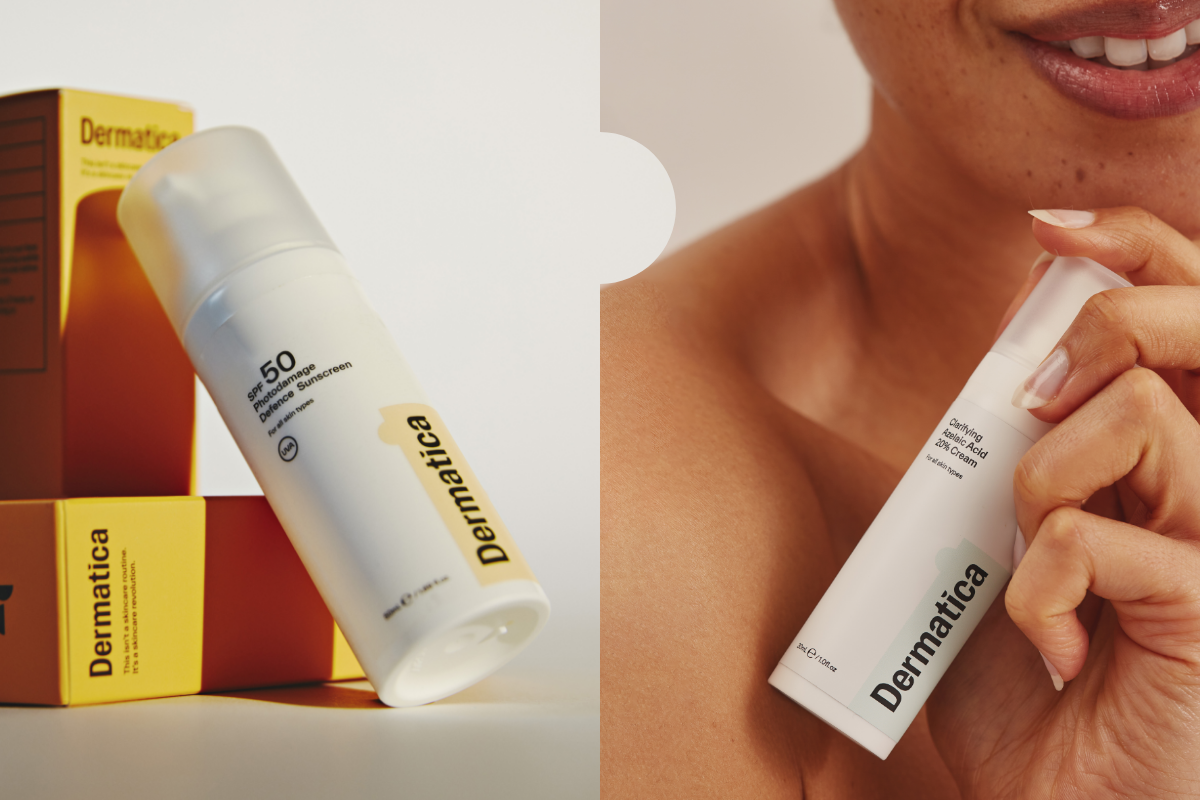Most sun damage on our skin happens before we’re 20 years old, but can you reverse it?
It’s a question we get asked a lot here at Dermatica, and we have good news. Short answer? Yes. Longer answer? You can repair a lot of the visible signs, and see a noticeable improvement, but not all sun damage can be reversed. We’ll let you know how sunscreen and UV protective clothing can help protect your skin from more damage, and which treatments will help reduce sunspots and restore the collagen and elastin that’s often lost in UV-damaged skin.
Understanding Sun Damage
If you thought smoking, drinking alcohol and bad sleep were responsible for early signs of ageing, you wouldn’t be wrong. However, sun exposure accounts for around 80% of the damage, making it the biggest culprit. (1)
Ultraviolet (UV) radiation from the sun penetrates deep into the skin, far beyond what most people might think. This can break down collagen, which is a protein that keeps our skin looking young, firm and smooth. But while collagen breakdown is a normal side effect of ageing, studies have shown that sun exposure can speed up this process – making you look older, faster.
UV radiation doesn’t just give you wrinkles, either. It also damages the DNA in your skin cells, leading to visible dark spots, and a higher risk of skin cancer. (2)
Preventing Sun Damage: The Importance Of Sunscreen
First and most importantly, to protect your skin you need to wear broad-spectrum sunscreen with at least SPF30+ every day. This will help reduce the number of sun-damaged cells in your skin, to prevent premature signs of ageing, while lessening your chances of developing skin cancer.
It needs to be reapplied every two hours when you’re out in the sun, and you’ll need to be mindful of often-forgotten areas like your ears, lower legs and forearms. For even more protection, wear sun-protective clothing like long sleeves, UV visors and wide-brimmed hats. (3)
Can You Reverse Sun Damage?
While you can’t completely reverse DNA damage from sun exposure, there are ways to help boost your skin’s collagen to prevent fine lines and wrinkles. Other treatments we’ll cover can help speed up the turnover of skin cells to even out sunspots (a type of dark spot) and smooth out rough skin texture, too. (4)
Read more about effective treatments for sun-damaged skin.
How To Treat Sunspots (Solar Lentigines)
Sunspots, or solar lentigines, are one of the most common forms of sun damage. They form when UV radiation triggers your skin to produce too much melanin, leading to clumps of pigment forming on your skin. These smooth, flat, brown spots crop up most on sun-exposed areas like the face, chest, and backs of hands.
Read more about how to recognise signs of sun damage.
If you’re looking to treat sunspots, adding topical hydroquinone and tranexamic acid to your daily routine can help lighten up these areas. However, hydroquinone is a prescription ingredient that needs to be prescribed by a licensed dermatology professional. Since it can be irritating, it’s really important to get personalised advice from a dermatology expert, take the necessary breaks and apply it correctly. (5)
Preventing Free Radical Damage: Antioxidants
When UV rays hit your skin, they produce free radicals, which speed up the damage of your skin cells. UV exposure also depletes your skin’s natural antioxidants, which weakens its defences even more. That’s why adding antioxidants to your routine will help reduce this oxidative stress (free radical damage) on your skin.
Infrared radiation from the sun also penetrates deep into the skin, which can cause premature skin ageing. And since sunscreens don’t protect against infrared radiation, adding antioxidants to your routine will help counteract this damage, as well. (6)
From multiple studies, we know that Vitamin C, Vitamin E and ferulic acid protect the skin against both UV and infrared radiation. These antioxidants work together to protect your skin from sun damage, which is why dermatologists often recommend them to slow the skin ageing process down. You can find all three ingredients in Dermatica’s Vitamin C 15%: Fresh Batch Ascorbic Acid. To use it effectively, apply the booster on cleansed skin in the morning, and then layer sunscreen over the top.
Niacinamide also helps lessen the amount of oxidative stress on your skin, while improving existing photodamage too. You can find niacinamide in our Hydrating Hyaluronic Acid + Vit B5 Serum, Soothing Centella Gel Moisturiser and our Nourishing Ceramide + Peptide Moisturiser. (7)
Treating Visible Signs Of Sun Damage: Retinoids
To make sure you’re repairing sun damage at night, you’ll want to give retinoids (topical Vitamin A derivatives) a try. They’re one of the most evidence-based treatments you can add to your skincare routine. These topical creams will help improve visible signs of photoageing (ageing caused by the sun), and if you’re experiencing uneven skin texture and skin tone, retinoids will help tackle those symptoms too.
They do this in two ways. First, by increasing skin cell turnover to remove dull, pigmented and sun-damaged skin cells. Second, retinoids penetrate into the deeper layers of your skin, and prompt it to produce more collagen.
Prescription tretinoin is the most famous choice, but many people see similar benefits from adapalene – which is usually better if you have sensitive or acne-prone skin. You could even try retinols to start with, since they’re milder, but they’re less effective than retinoids. (8)
To keep your skin looking clear and healthy, daily sun protection really is a must, and it’s never too late to start. And if you have existing sun damage, don’t worry. There are a whole host of science-backed ways to effectively treat sunspots, signs of ageing and rough-textured skin while protecting yourself from more harm.
To find out more information, visit our website.
References
1. Raymond-Lezman JR, Riskin S. Attitudes, Behaviors, and Risks of Sun Protection to Prevent Skin Cancer Amongst Children, Adolescents, and Adults. Cureus. 2023 Feb 13;15(2).
2. Ambagaspitiya SS, Appuhamillage GA, Dassanayake RS. Impact of vitamin D on ultraviolet-induced photoaging and skin diseases. Exploration of Medicine [Internet]. 2024 May 20 [cited 2024 Aug 15];363–83. Available from: https://www.explorationpub.com/Journals/em/Article/1001225
3. Gabros S, Zito PM. Sunscreens And Photoprotection [Internet]. Nih.gov. StatPearls Publishing; 2019. Available from: https://www.ncbi.nlm.nih.gov/books/NBK537164/
4. Hooda R, Madke B, Choudhary A. Photoaging: Reversal of the Oxidative Stress Through Dietary Changes and Plant-Based Products. Cureus [Internet]. 2023 Apr 1;15(4):e37321. Available from: https://pubmed.ncbi.nlm.nih.gov/37182009/
5. Scarcella G, Dethlefsen MW, Nielsen MCE. Treatment of solar lentigines using a combination of picosecond laser and biophotonic treatment. Clinical Case Reports. 2018 Aug 9;6(9):1868–70.
6. Lee JH, Roh MR, Lee KH. Effects of Infrared Radiation on Skin Photo-Aging and Pigmentation. Yonsei Medical Journal [Internet]. 2006 [cited 2019 Jul 25];47(4):485. Available from: https://www.ncbi.nlm.nih.gov/pmc/articles/PMC2687728/
7. Pandel R, Poljšak B, Godic A, Dahmane R. Skin Photoaging and the Role of Antioxidants in Its Prevention. ISRN Dermatology [Internet]. 2013;2013:1–11. Available from: https://www.ncbi.nlm.nih.gov/pmc/articles/PMC3789494/
8. Sitohang IBS, Makes WI, Sandora N, Suryanegara J. Topical tretinoin for treating photoaging: A systematic review of randomized controlled trials. International Journal of Women’s Dermatology. 2022 Mar;8(1):e003
Ash Sharma
Dr Ashwin Sharma is a medical doctor and writer with a particular interest in health technology, artificial intelligence and medical weight loss. He completed his training at the University of Leicester and Imperial College London, and has since been exploring the intersections of medicine, technology, and communication.





